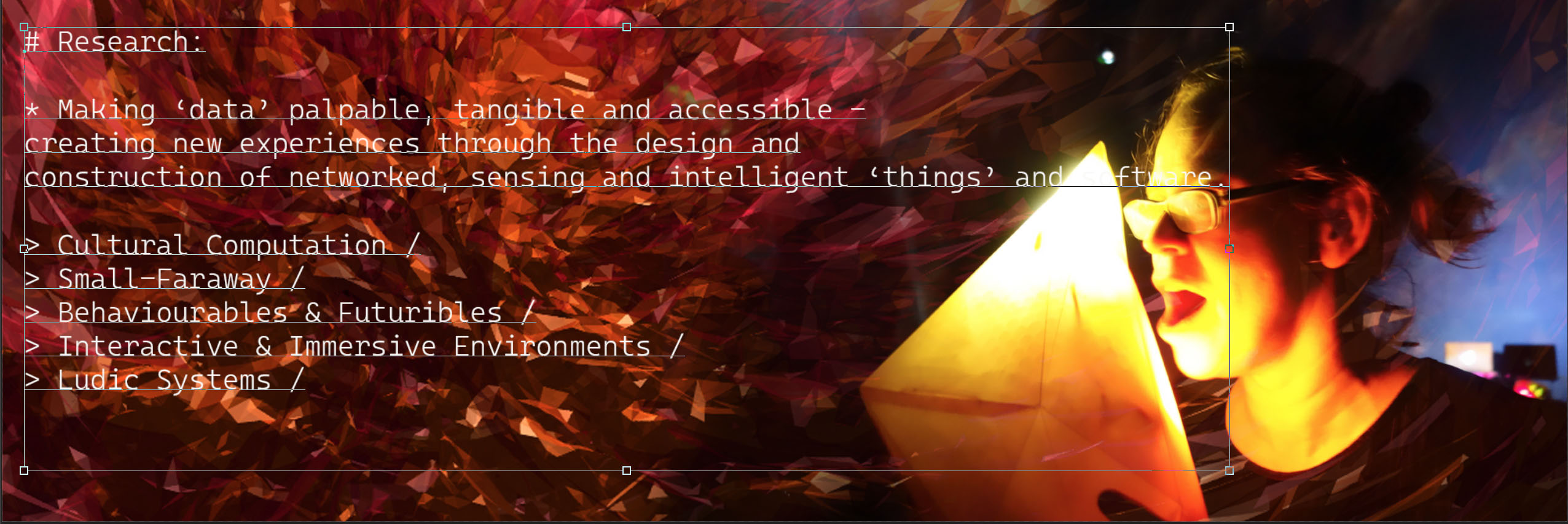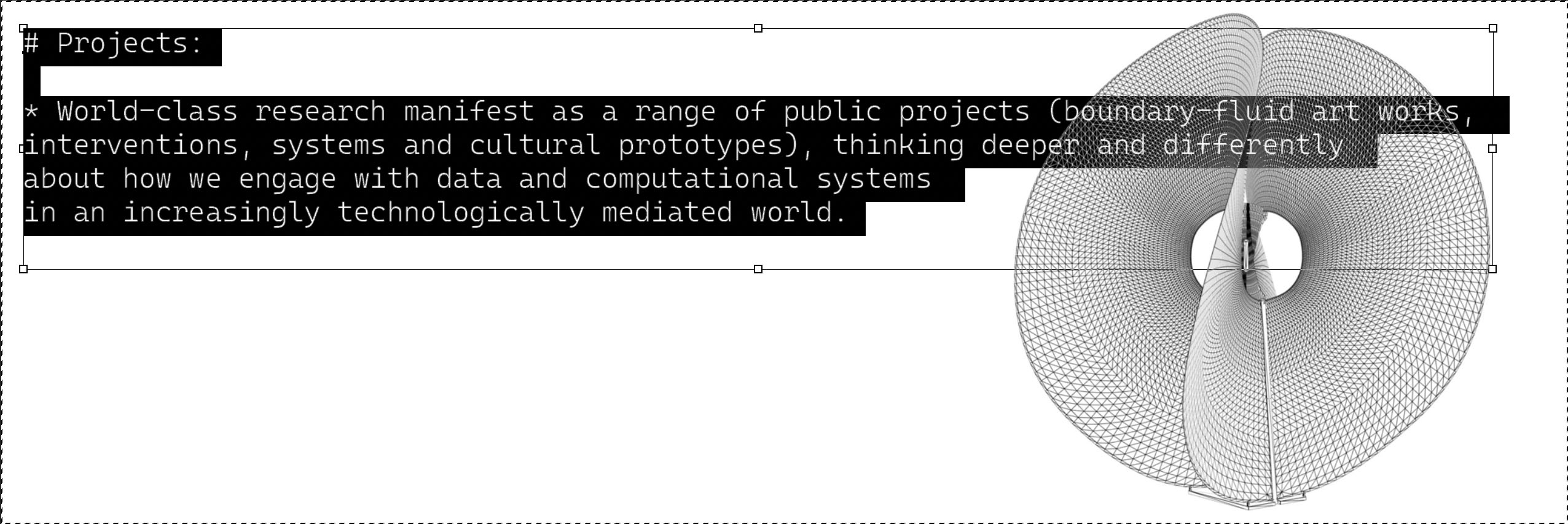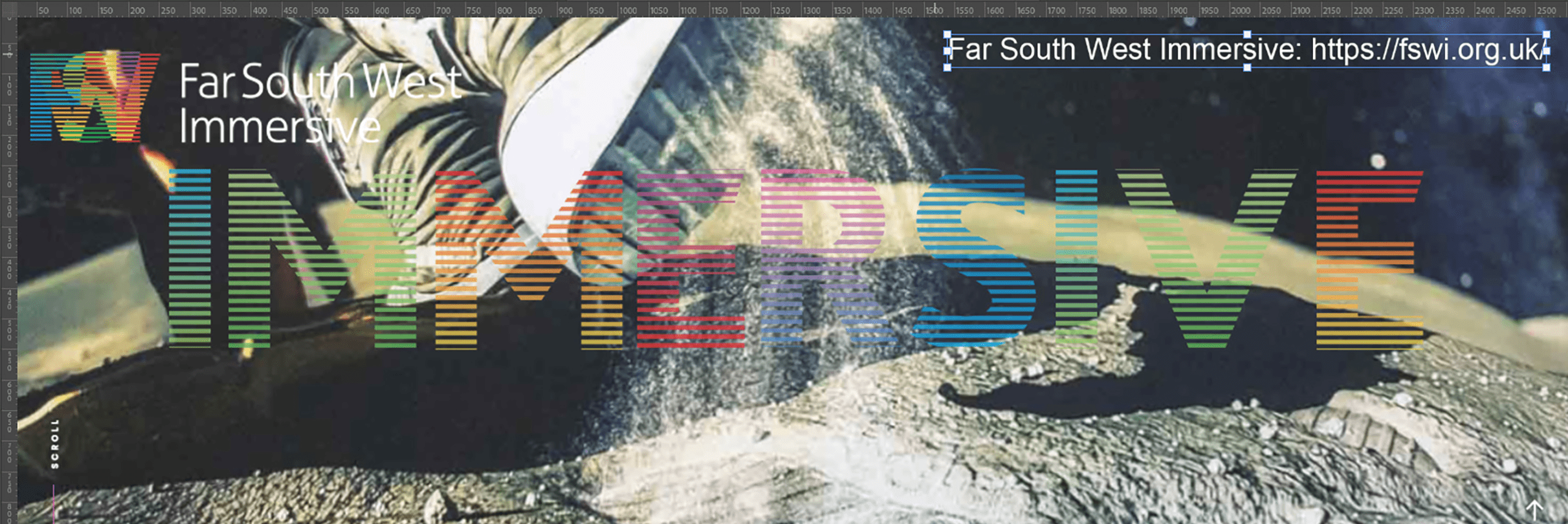SHANGHAI 26/27 NOVEMBER 2016
{algo}Rhythm and {data}Base – and other coded behaviours.
Art and Consciousness in the Post-Biological Era
As new media art grows old, is a new art arising? How do competing theories of
the origin and location of consciousness impact on art practice? Was the coupling
of art and science a marriage of convenience or a matter of true love? Could a
new spirituality cause the divorce? Is there a nonlinear online aesthetic? Do survivors
of the digital art era have refugee status in the new world of technological
transmodalities? Is analogue anxiety a symptom of digital depression. Where can
we locate the technological sublime? If Additive Art is solidly object-oriented, can
3D printing become pure process? Will post-personal art be a consequence of the
post-biological? Will the autonomous robot develop an autonomous aesthetics?
http://www.detao-node.com/index.php/Index/news/id/7
Professor Mike Philips
Title: {algo}Rhythm and {data}Base – and other coded behaviours.
Synopsis:
{algo}Rhythm and {data}Base explores the impact of the invisible algorithms that manipulate our daily lives. From the timing of traffic lights to the sequencing of our social media feeds our cultural and physical behaviours have never been so scrutinised and composed. Beyond the influence of church and state, we happily share our most intimate details with global corporations, but more importantly, with and through computational systems – untouched by human hands. Our data and our behaviour are at the whim of systems fraught with technical, custodial, ethical and security issues.
Modern integrative, sub-symbolic, computational techniques (Artificial Neural Networks (ANNs), Self Organising Maps and Deep Learning Networks) are playing with us, as much as we play with them. ANNs offer a more holistic approach to capturing the intangible impacts of social and cultural activity, such as mood, feelings, emotions, sarcasm and innuendo. We are seeing the rise of analytical engines that can innovatively integrate subjective and objective data, considering its temporal and predictive aspects, variety and quality, to the extent that we will need to redesign our Voight-Kampff machines to tell them apart from us.
The 2010 Flash Crash, also known as the Crash of 2.45, marked a point in our evolution when we finally grasped that we had invented something that operated at the limits of human understanding. So fast, so mercurial and so brutal in its casual playfulness. The algorithms that wiped a trillion dollars of the stock market were just limbering up. We must learn to dance to the {algo}Rhythm and {data}Base being played by computational systems that know what we want and when we want it before we do. It may be difficult to keep in step…





